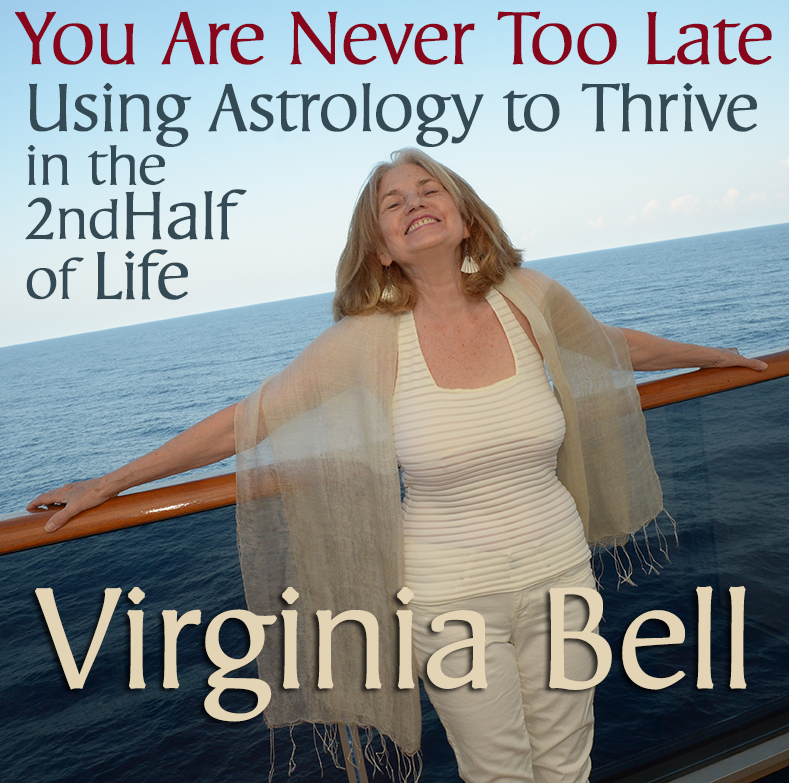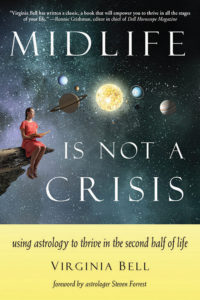I love the Japanese term wabi-sabi, which, by the way, is not a garnish for sushi. Wabi-sabi describes an aesthetic based on imperfection, irregularity, simplicity, economy, modesty, and intimacy.
Wabi is associated with rustic simplicity, quietness, and an understated elegance in nature as well as in man-made objects.
Sabi refers to beauty or serenity that comes with age.
The most common examples of wabi-sabi include a bowl, a tea cup, wood, paper, or fabric. Imagine a bowl whose patina has been worn off; one that contains some cracks and chips but is well used and loved and has with the passage of time become more interesting. Could a person be wabi-sabi?
Several years ago, I had some therapy with a Jungian analyst; a lovely woman who I guessed to be in her mid-to-late sixties. I was discussing her with a friend of mine who also knew her and although I could talk about my sessions with the therapist, I found it difficult to describe her physically. My friend said it was probably because she had let go of a lot of ego. That made perfect sense to me.
When I think of wabi-sabi in relation to a person, I imagine someone who has shed a great deal of ego and has let go of the need to prove themselves. It’s as if the outer veneer of personality has softened and become more porous, so that their essence, their soul, shines through. Gloria Steinem is a great example; so is Pema Chodron, Mary Oliver, Thich Nhat Hanh, and Ram Dass. I want to age like that, perhaps less polished on the surface but hopefully more real, more genuine; fully present, at ease with myself and the world.
This article is an excerpt from my book: Midlife Is Not A Crisis: Using Astrology To Thrive In The Second Half Of Life



